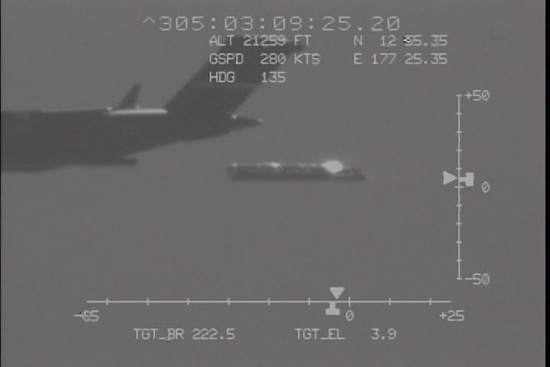
July 8, 2016
SEOUL (AFP) - The United States said on Friday it would deploy a high tech missile defence system in South Korea, allowing it to fire projectiles that can smash into incoming enemy projectiles.
Here are some key questions about the Terminal High Altitude Area Defence, or THAAD, system.
Why is it being deployed?
Washington and Seoul say it is to defend South Korea from the North. While tensions on the peninsula have been high for more than six decades, relations have become increasingly strained in recent years. Pyongyang has carried out four nuclear tests as well as a series of missile launches, flexing its military muscle and making progress towards being able to strike the US mainland.
Seoul and Washington began talks on deploying THAAD in February, after the North launched a long-range rocket.
What defence does South Korea already have against the North?
Seoul already has an anti-missile defence based on the US Patriot system, but this can only target missiles at relatively low altitudes. The new system is able to hit missiles at a much greater height, making it more effective against rockets that could be carrying a nuclear warhead.
How does THAAD work?
As the "T" in the name suggests, THAAD can only intercept missiles in their terminal phase, i.e. as they move downwards towards their target, not on their way up.
It does this by using radar to detect an incoming threat, before engaging and identifying the target. Then a launcher -- which can carry up to eight interceptors -- fires a "kill vehicle" attached to the booster, which hits the incoming missile mid-air. The system can target ballistic missiles both inside and outside the Earth's atmosphere.
Why is it so controversial?
China and Russia have been saying for months that the defence system is unnecessary and would tip the balance of power in the Pacific towards the United States.
Some analysts have suggested Beijing is most concerned that THAAD would allow Washington to better track Chinese missiles in their early stages, undermining the country's nuclear deterrent.
When and where has it been used before?
The first THAAD test flight took place in 2005, according to its US-based developer Lockheed Martin. The first operational deployment was in the US island territory of Guam in 2013, and there are currently five THAAD batteries worldwide, including in the United Arab Emirates.
It is not yet clear exactly where in South Korea the system will be deployed or when it will arrive.








